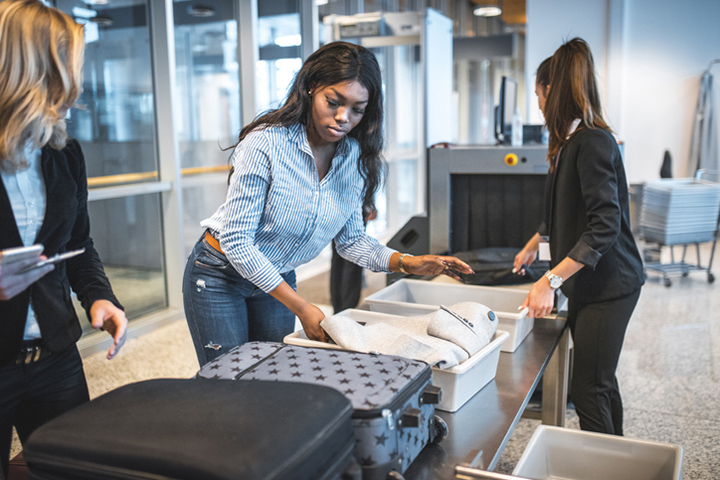Hartsfield-Jackson Atlanta International Airport has finally been unseated as the world’s busiest airport after an astounding — and often aggravating — 20-year reign in the top spot. China’s Guangzhou Bai Yun International Airport has now earned that distinction with over 43 million passengers traversing the space.
This is according to data released by Airports Council International (ACI) World from their preliminary rankings of passenger traffic, cargo volumes, and aircraft movements for 2020.
China featured heavily on the list as other cities like Chengdu (3), Shenzhen (5), Chongqing (6), Beijing (7), Kunming (9), and Shanghai (10) dominated the top 10 spots.
Guangzhou Bai Yun International Airport rose from number 11 in 2019 to number one in 2020 but still experienced a 40.4% drop in passenger traffic from the previous year. Hartsfield-Jackson Atlanta International Airport, now ranked at number two, saw a 61.2% drop in passengers compared to 2019.
According to ACI, passenger traffic at the world’s busiest airports decreased by -45.7% in 2020 and overall, passenger traffic at the world’s airports decreased by -64.6%. The low numbers can be attributed to the impact of the COVID-19 pandemic and the slow recovery in air travel worldwide.
“The impact of the COVID-19 on global passenger traffic pandemic brought aviation to a virtual standstill in 2020 and we continue to face an existential threat,” ACI World Director General Luis Felipe de Oliveira said. “The data published today reveals the challenge airports continue to face and it remains imperative that the industry is supported through direct support and sensible policy decisions from governments to ensure that aviation can endure, rebuild connectivity, and fuel a global economic recovery.”
Also making an appearance in the top ten were Dallas/Fort Worth International Airport (which came in at number four), and Denver International Airport (at number seven).
Air cargo in the top 10 airports grew by +3% in 2020, owed to increased demand for online consumer goods, pharmaceutical products, and personal protective equipment.
